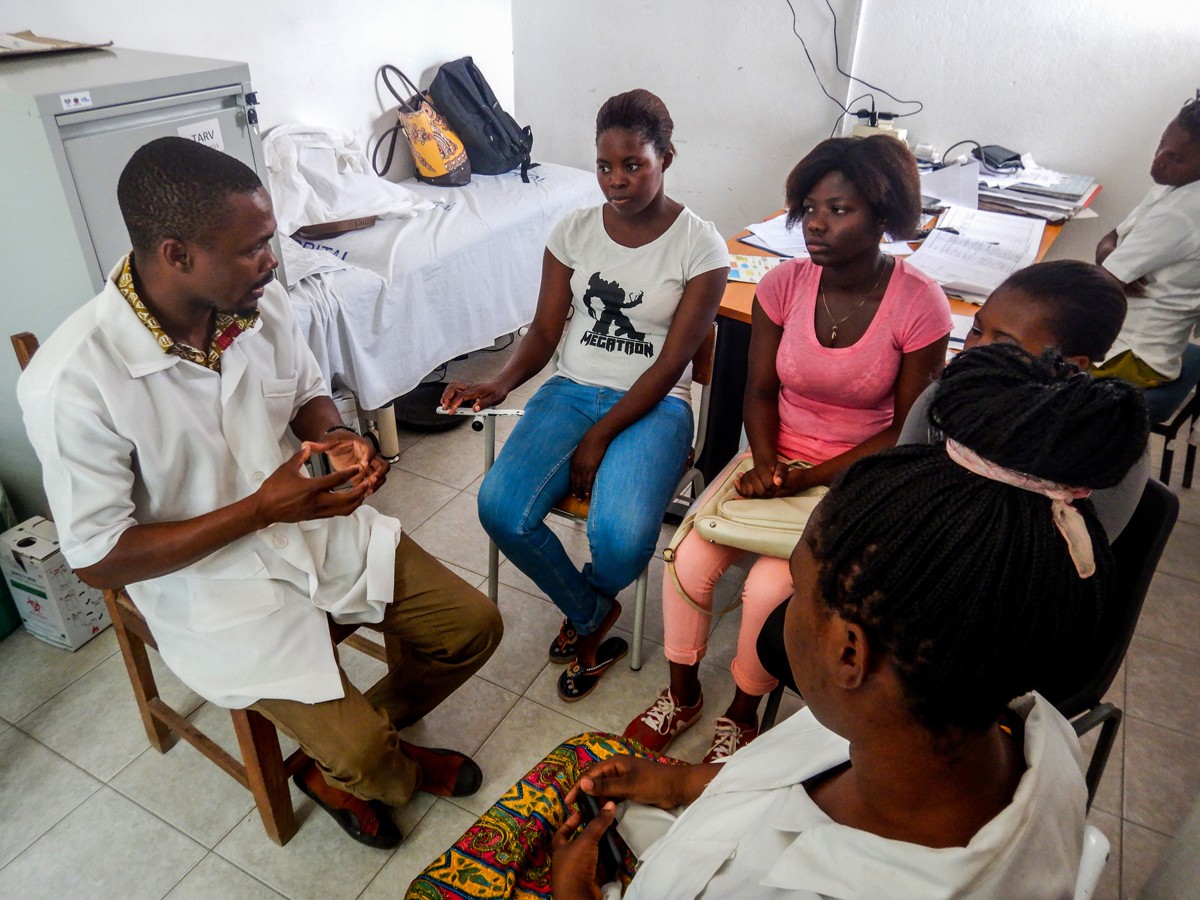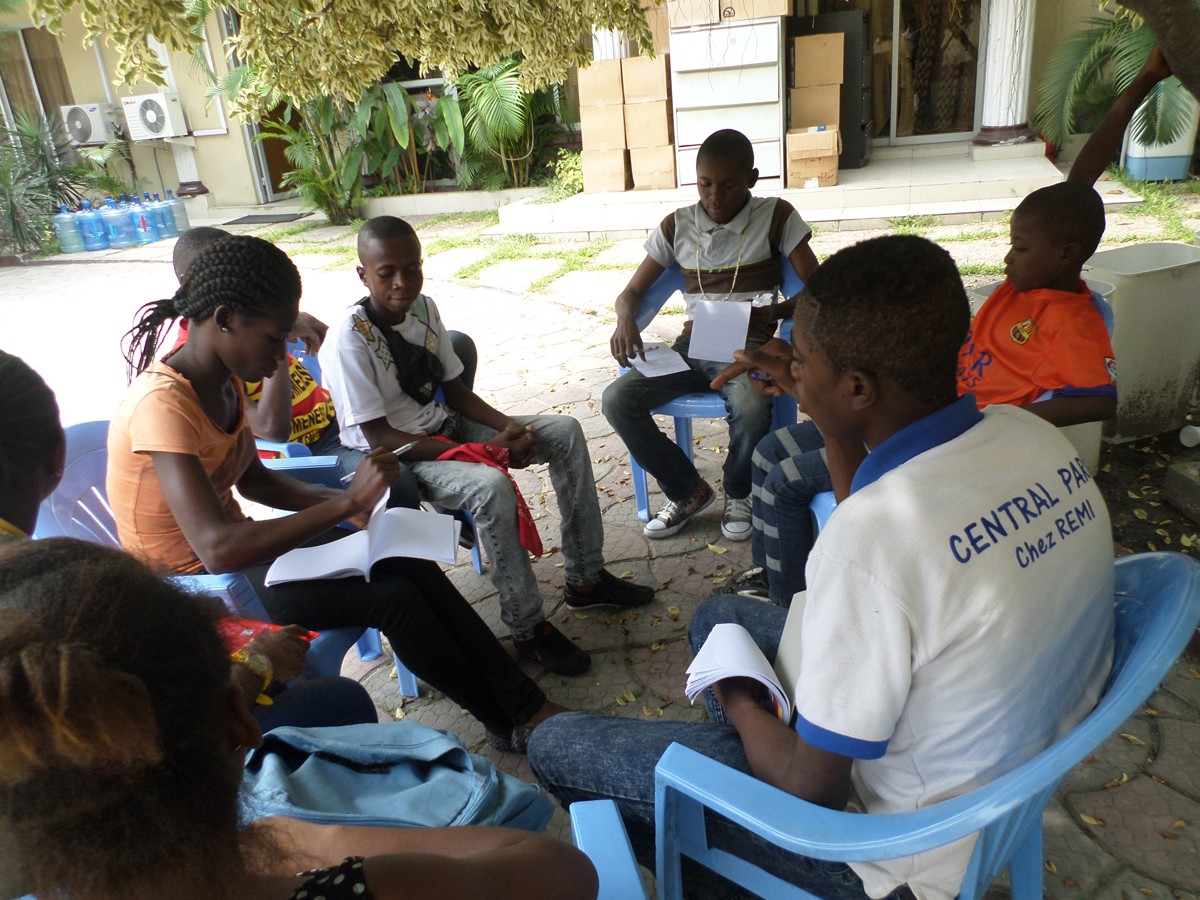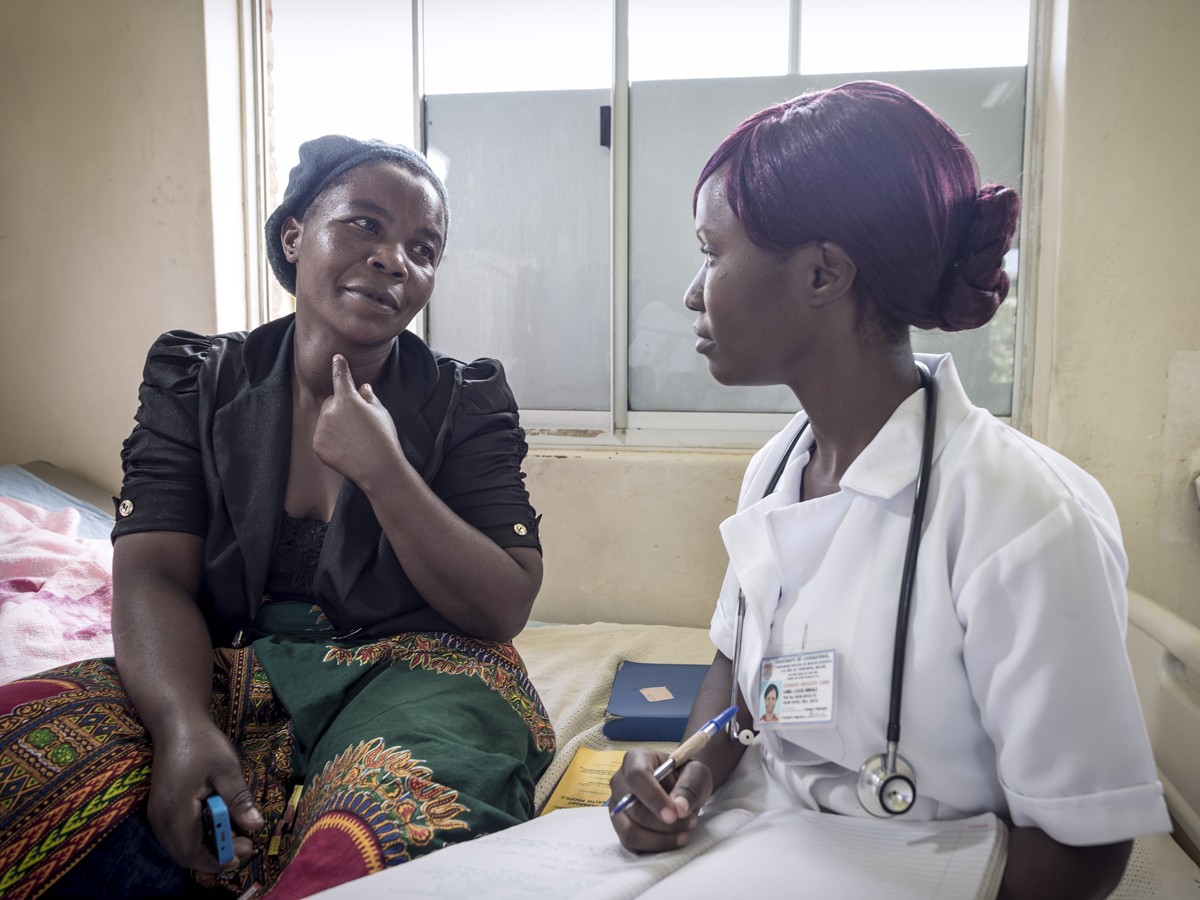Authors:
Abstract:
Improving HIV testing efficiency saves financial and material resources for health. We conducted a secondary data analysis of routinely collected HIV risk-screening program data in Uganda, from October to November 2019, to determine the performance characteristics of the adolescent and adult HIV risk screening tools in public health facilities. A total of 19,854 clients had been screened for HIV testing eligibility and tested for HIV. The overall positivity rate (cluster-weighted prevalence of HIV) among those screened was 4.5% (95% CI: 4.1-4.8) versus 3.71% (95% CI: 3.06-4.50) among those not screened. The sensitivity and specificity of the risk screening tool were 91% (95% CI: 89-93) and 25% (24.2-26), respectively. With screening, the number needed to test to identify one PLHIV was reduced from 27 to 22. Although risk screening would have led to a 24.5% (4825/19,704) reduction in testing volume, 9.3% (68/732) of PLHIV would have been missed and be misclassified as not eligible for testing. The cost saving per PLHIV identified was minimally reduced by 3% from USD 69 without screening to USD 66.9 with screening. Since the treatment-adjusted prevalence of HIV is dropping globally, overzealous use of risk screening tools to determine who to test or not carries the potential of missing PLHIV due to their limited specificity. We recommend the use of scientifically validated HIV risk screening tools, and a need to explore the use of HIV self-testing as a test for tirage to minimize misclassification of people who seek HIV testing services.








